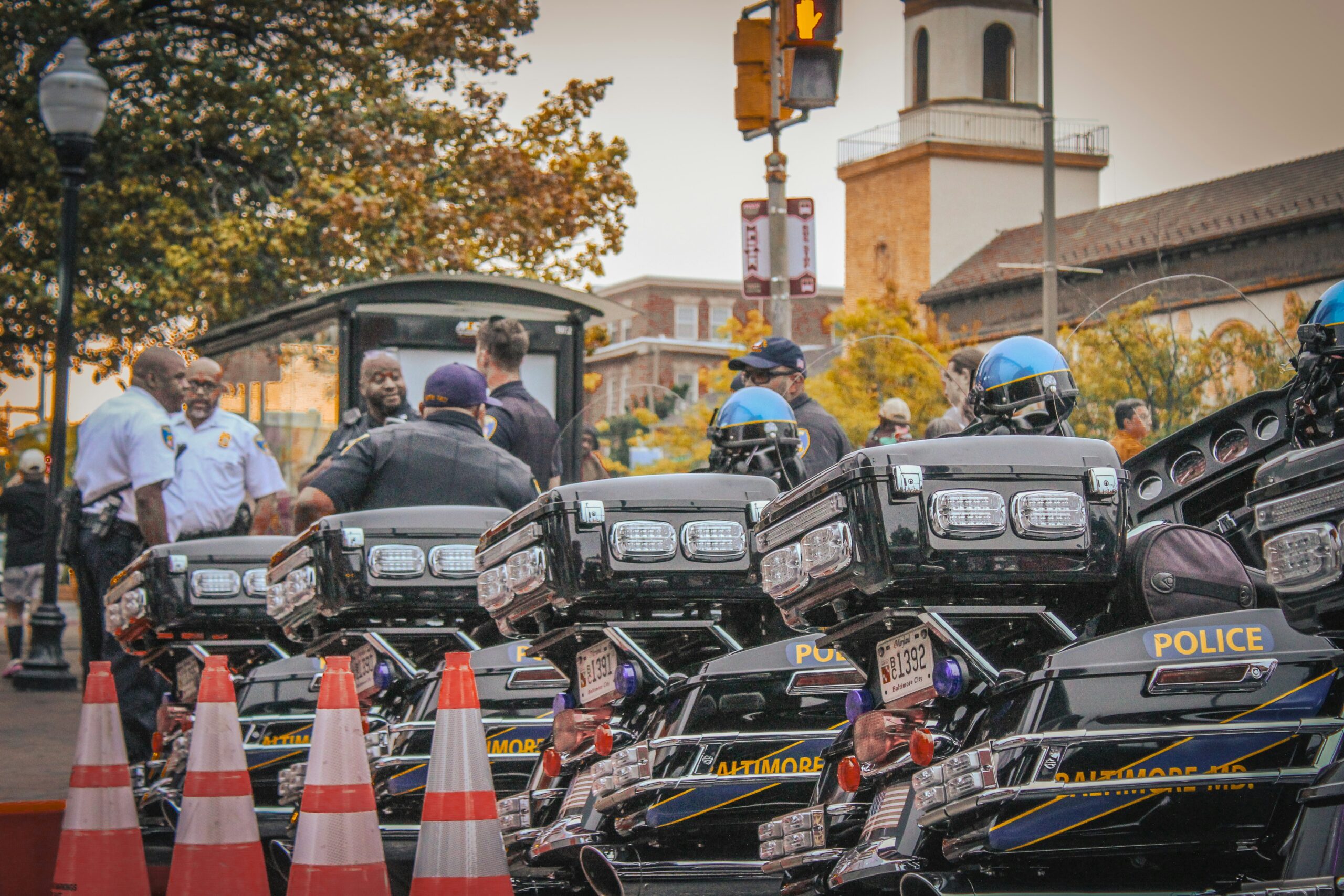“`html
Introduction: The Crisis in Bangladesh
In recent months, Bangladesh has faced a series of tumultuous events that have significantly impacted the safety and well-being of its residents, including international students. Indian students residing in Bangladesh found themselves in the midst of a precarious situation due to escalating political unrest and social upheaval. The fragile stability of the nation was further compromised by natural calamities such as floods and cyclones, which not only disrupted daily life but also posed severe threats to personal safety.
The political landscape in Bangladesh became increasingly volatile with frequent protests and violent clashes between various factions. This unrest created an environment of uncertainty and fear, particularly for foreign nationals. Indian students, in particular, were caught in a difficult position, facing threats that ranged from direct violence to the disruption of essential services. The educational institutions, which were supposed to be safe havens, became targets of vandalism and were often forced to shut down temporarily, adding to the chaos.
Concurrently, the country was besieged by natural disasters that exacerbated the already dire situation. Monsoon seasons brought relentless downpours, leading to severe flooding in many areas. Cyclones, which are a recurrent threat in the region, caused widespread destruction, rendering many areas inaccessible and cutting off vital communication and transport links. These dual crises created an urgent need for an organized evacuation to ensure the safety of Indian students.
Against this backdrop of political instability and natural disasters, the Indian government and various organizations recognized the pressing need to evacuate their nationals. The urgency of the situation necessitated swift and coordinated action, involving security escorts and taxis to facilitate a safe passage out of the country. The subsequent sections will delve into the specifics of how these measures were implemented, highlighting the roles played by different entities in ensuring the safe evacuation of Indian students from Bangladesh.
The Role of Security Escorts
In the midst of a turbulent political climate, the mobilization of security escorts played a crucial role in ensuring the safe evacuation of Indian students from Bangladesh. The Indian Embassy, in close coordination with local authorities, spearheaded this complex operation. Immediate actions were taken to provide robust security measures, ensuring that the students were safely transported from their respective locations to a secure point of departure.
The logistics of the operation were meticulously planned and executed. Specialized routes were identified to avoid conflict zones and minimize potential threats. The security detail comprised a considerable number of personnel, including both local law enforcement and specially trained security operatives. The convoy included a mix of armored vehicles and standard transport vans, providing a fortified yet inconspicuous means of travel. This strategic blend of security measures was vital in maintaining the safety and anonymity of the students throughout the journey.
A key aspect of the operation was the continuous communication and real-time updates shared between the security teams and the Indian Embassy. This ensured a streamlined process, allowing for swift responses to any arising challenges. One student recounted, “The presence of security escorts gave us a sense of relief. We knew we were in safe hands and that every possible measure was being taken to ensure our safety.”
Such personal accounts underscore the emotional and psychological support provided by the security escorts. Another student shared, “The coordination and professionalism of the escorts were remarkable. They constantly assured us and kept us informed at every step of the journey.”
In summary, the role of security escorts was indispensable. Their thorough planning, tactical execution, and unwavering dedication were pivotal in facilitating the safe evacuation of Indian students, reflecting a well-coordinated effort between the Indian Embassy and local authorities in Bangladesh.
The Contribution of Taxis and Local Drivers
The evacuation of Indian students from Bangladesh was significantly supported by the involvement of taxis and local drivers. These drivers, often coordinated through intricate local networks and international aid organizations, played an indispensable role in ensuring the safe passage of students through potentially hostile territories. The coordination involved meticulous planning and real-time communication, enabling the successful navigation of complex routes under stressful conditions.
Local drivers demonstrated remarkable bravery and quick thinking throughout the operation. Many drivers went beyond their usual call of duty, taking significant personal risks to protect the students. For instance, there were instances where drivers diverted their routes at the last minute to avoid potential threats, showcasing their intimate knowledge of local geography and their ability to make split-second decisions under pressure. Such actions not only ensured the safety of the students but also highlighted the extraordinary commitment of these individuals.
The challenges faced by these drivers were manifold. Navigating through areas with fluctuating security situations, dealing with language barriers, and ensuring the students remained calm and reassured were just a few of the obstacles they encountered. Despite these challenges, the drivers remained steadfast in their mission, demonstrating an impressive level of dedication and professionalism.
Collaboration between security escorts and taxi drivers was also crucial to the operation’s success. Security escorts provided the necessary protection and guidance, while the taxi drivers utilized their local expertise and driving skills to maneuver through difficult terrains. This synergy between the two groups ensured a seamless and efficient evacuation process. Stories of individual drivers and security escorts working together to overcome obstacles and ensure the students’ safety are testament to the power of coordinated efforts in crisis situations.
The collective efforts of these local drivers and their collaboration with security escorts underscore the importance of community involvement and international cooperation in emergency evacuations. Their contributions were not merely logistical but also deeply human, driven by a shared commitment to safeguarding lives in the face of adversity.
The Aftermath and Lessons Learned
The successful evacuation of Indian students from Bangladesh was a relief for many families and communities. The arrival of the students in India, or in safer locations, was greeted with a mix of joy and relief. However, the journey did not end with their physical return; the emotional and psychological scars of the experience are likely to linger. Many students reported feelings of anxiety, stress, and trauma, which have necessitated ongoing support and counseling. Families, too, have had to cope with the emotional turmoil, constantly haunted by the memories of their children’s perilous escape.
The Indian government, in collaboration with international organizations, has taken significant steps to address these emotional challenges. Counseling services and mental health support have been made available to the students and their families, ensuring they receive the necessary care to recover from their ordeal. Additionally, debriefing sessions have been conducted to understand the students’ experiences better and to extract valuable insights for future reference.
This crisis has underscored the critical importance of preparedness and international cooperation in safeguarding the lives of citizens abroad. The coordinated efforts of security escorts, taxi services, the Indian government, and international bodies played a pivotal role in the evacuation process. One of the key lessons learned is the necessity of having robust contingency plans. The establishment of clear communication channels and the readiness to act swiftly in times of crisis are essential components of these plans.
Furthermore, the crisis highlighted the roles various stakeholders play in ensuring the safety of citizens. From local authorities in Bangladesh to the Indian embassy and international organizations, the collaboration was crucial in achieving a successful evacuation. Going forward, it is recommended that governments and institutions focus on enhancing crisis management frameworks. Regular drills, updated evacuation protocols, and international cooperation agreements can significantly improve response times and effectiveness in future emergencies.
In conclusion, the experience has been a sobering reminder of the unpredictability of crises and the need for comprehensive preparation. The lessons learned from this evacuation can inform better practices and strategies, ensuring the safety and well-being of citizens in similar situations in the future.


